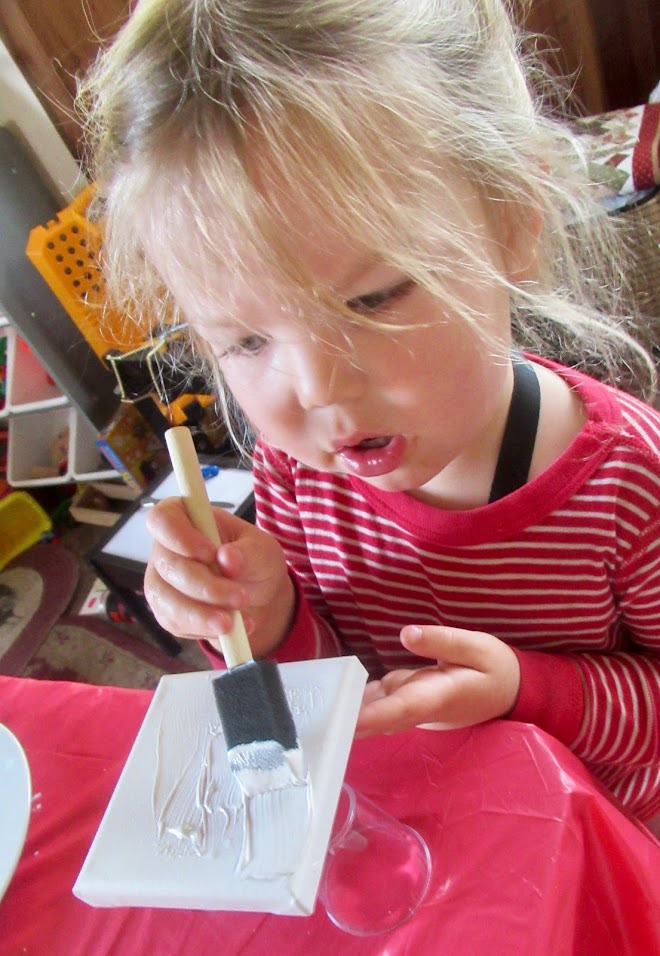I feel introductions are in order: Everyone, I would like you to meet kohlrabi (ko-ROB-bee). Kohlrabi, everyone. Not grown underground like turnips or potatoes, kohlrabi is a member of the Brassica family, like cabbage, broccoli, cauliflower, kale, Brussels sprouts, collard greens and Savoy cabbage.
Though it can be eaten raw, I have been preparing it on top of the stove, in a multitude of different dishes. The reason I am writing about kohlrabi is because after cooking it occasionally over the past several summers, and feeling as though I were missing out, I have finally unlocked the secret to cooking kohlrabi successfully. It is out of this world.
 |
| Space alien or tasty veggie? |
I then cut it in half as though it were an orange and cut each of the halves into four equal pieces. I now slice those sections into thin slices, slightly bigger than an eighth inch. Even as thin as I slice them, I still must saute them for a good twenty minutes at low-to-medium heat on top of the stove before they soften up.
The flavor is everything that I find in a turnip or other root crop, and the versatility is welcome. Typically I start with some uncured diced bacon and add an onion, either diced or in rings. I want the bacon mostly cooked before I add the kohlrabi, and then I let it cook for a spell before I add baby turnips, or carrots/celery. I then continue to let them cook to taste before I add zucchini. I have found that you can't overcook kohlrabi, as you can zucchini, so I always put the zucchini in last. When the zucchini is done on the outside and still a tad crunchy on the inside,I call everything done.
Cooked greens such as kale, chard, beet tops, turnip tops, kohlrabi tops, arugula, cabbage, et al, also work superbly in conjunction with kohlrabi and the rest. Balsamic vinegar is a must along with any combination of fresh rosemary, sage and thyme. I will also occasionally splash in some honey or maple syrup for a honey-glazed approach. I also add cooked kohlrabi to my stews and soups; unlike potatoes which turn mushy if cooked too long, kohlrabi holds up.
So for those of you receiving kohlrabi in your CSA packets, or for those of you looking to expand your horizons, get ye to kohlrabi!


















